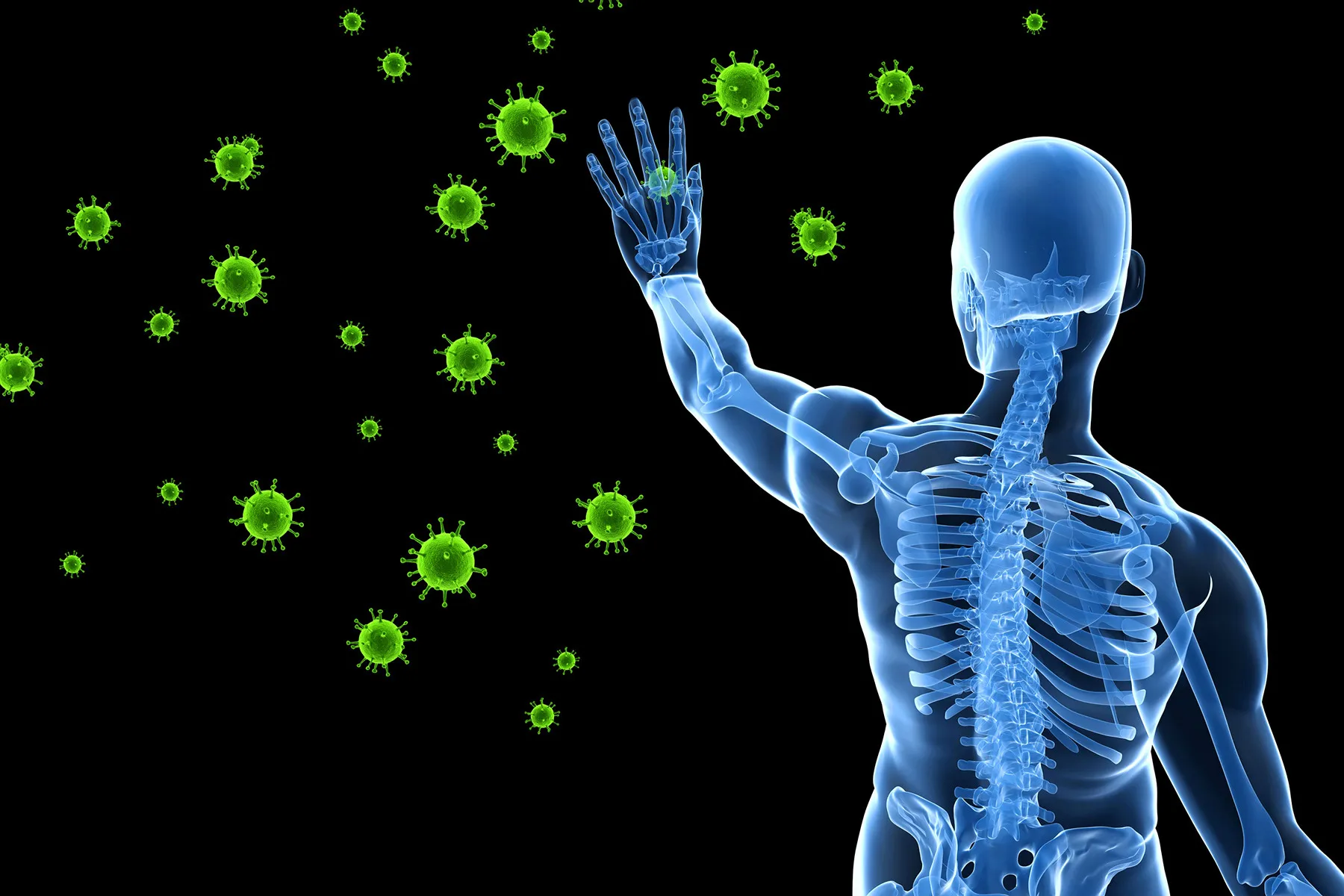HealthDay Reporter
WEDNESDAY, Nov. 17, 2021 (HealthDay News) -- American teens are progressively turning to the societal media elephantine Instagram to stock graphic images of their ain attempts to harm themselves, a caller survey reveals.
"It could beryllium an effort to stock their affectional oregon intelligence symptom with others oregon find enactment from others," said survey pb writer Amanda Giordano. She is an subordinate prof of counseling and quality improvement services astatine the University of Georgia, successful Athens. "It could beryllium to sermon antithetic forms of self-injury oregon however to fell it oregon bash it successful a mode that does not pb to infection. It could besides beryllium a mode of seeking assistance and reasons to stop."
No substance the reason, researchers who tracked Instagram passim 2018 recovered that teen postings focused connected self-harm — specified arsenic cutting oregon burning oneself — roseate importantly implicit the people of the year.
In January and February of 2018, for instance, teens posted betwixt 58,000 and 68,000 images with hashtags related to immoderate signifier of self-injury successful which suicide was not the evident goal. The researchers labeled specified images arsenic reflective of non-suicidal self-injury (NSSI).
But by December of 2018, that fig had changeable up to implicit 112,000, the survey found, with notable rises successful the usage of 3 hashtags: #selfharm, #hatemyself and #selfharmawareness.
The large representation was besides bleak: Over each of 2018, much than 1.2 cardinal teen NSSI posts were identified connected Instagram accompanied by 1 of the 3 hashtags, on with 2 others: #cutting and #selfharmmm.
Overall, the hashtag #selfharm was astir intimately linked with termination (25.4%), past depression (25.2%), followed by self-injury (13.1%) and wide intelligence distress (9.5%), the survey found.
The hashtag #hatemyself was astir associated with termination (32.1%), past slump (31.2%), self-injury (19.9%) and anxiety/panic (6.7%).
A emergence successful teenage self-harm itself appears to beryllium driving the emergence successful online expressions astir it, Giordano said.
She noted that caller probe showed that astir 17% of U.S. teens harmed themselves successful the erstwhile year. And that percent appears to beryllium increasing. For example, 1 caller survey indicated that self-harm among assemblage freshmen changeable up from little than 3% successful 2008 to much than 19% by 2015.
Continued
Along with different caller research, specified findings suggest that "self-injury affects a important fig of individuals, and that rates whitethorn beryllium increasing," Giordano said.
"As the prevalence of self-injury increases," she continued, "it is not astonishing that hashtags related to self-injury besides are expanding connected societal media platforms."
Giordano and her colleagues recovered respective indications that this is precisely what's happening.
For example, the squad noted that portion the hashtag #selfharm was astir ne'er utilized successful January 2018, by December, it accompanied much than 45,000 teen posts.
And by year's end, lone 1 of the 5 highlighted NSSI tags — #selfharmmm — saw a driblet successful wide usage.
As to what compels teens to stock their self-harm experiences connected societal media, Giordano suggested they apt person respective needs that they deliberation apps similar Instagram tin fulfill.
And it could besides bespeak a risky copy-cat phenomenon. The much teens spot others sharing posts astir self-harm, the much funny they go and the much inclined they whitethorn beryllium to imitate what they spot and past stock that acquisition online, Giordano said.
Whatever the main motivator, the investigation raised a troubling interest — the 2 astir commonly associated hashtags with those related to self-injury were #suicide and #depression.
"Therefore, it appears that the individuals utilizing self-harm-related hashtags are associating it with suicidal thoughts arsenic good arsenic feelings of depression," she said. "To me, this emphasizes the request to sermon mental health with younker and guarantee they person the enactment they need."
That thought was seconded by Dr. Robert Glatter, an exigency medicine doc astatine Lenox Hill Hospital successful New York City who reviewed the findings.
"The important summation successful societal media posts related to self-injury is simply a wake-up telephone not lone to children and teens, but besides to their parents and caretakers," helium said.
Noting that "the crushed down specified an summation is complex," Glatter suggested that self-harm behaviors specified arsenic cutting "can beryllium a outcry for help, and service arsenic a mode to alert parents, friends and teachers of ongoing affectional symptom and suffering." And, helium added, feelings of isolation, slump and anxiousness astir apt got worse erstwhile the COVID pandemic took hold.
Continued
Glatter suggested parents show their children's surface clip and use, with an oculus towards preventing teens from descending down "a slippery slope" successful which self-harm is normalized arsenic an outlet for affectional symptom and suffering.
"Parents should make an unfastened and non-judgmental situation for sharing and connection successful bid to let their kid to beryllium honorable astir and unfastened up regarding what's going connected successful their life," helium suggested. "When a kid feels they person an unfastened enactment of communication, the imaginable for aboriginal intervention, including psychiatric valuation and referral, tin beryllium life-saving and life-changing."
The findings were published precocious successful the International Journal for the Advancement of Counselling.
More information
There's much astir teens and self-harm astatine the U.S. National Library of Medicine.
SOURCES: Amanda Giordano, PhD, subordinate professor, counseling and quality improvement services, University of Georgia, Athens; Robert Glatter, MD, exigency medicine physician, Lenox Hill Hospital, New York City; International Journal for the Advancement of Counselling, Sept. 29, 2021










 English (US) ·
English (US) ·